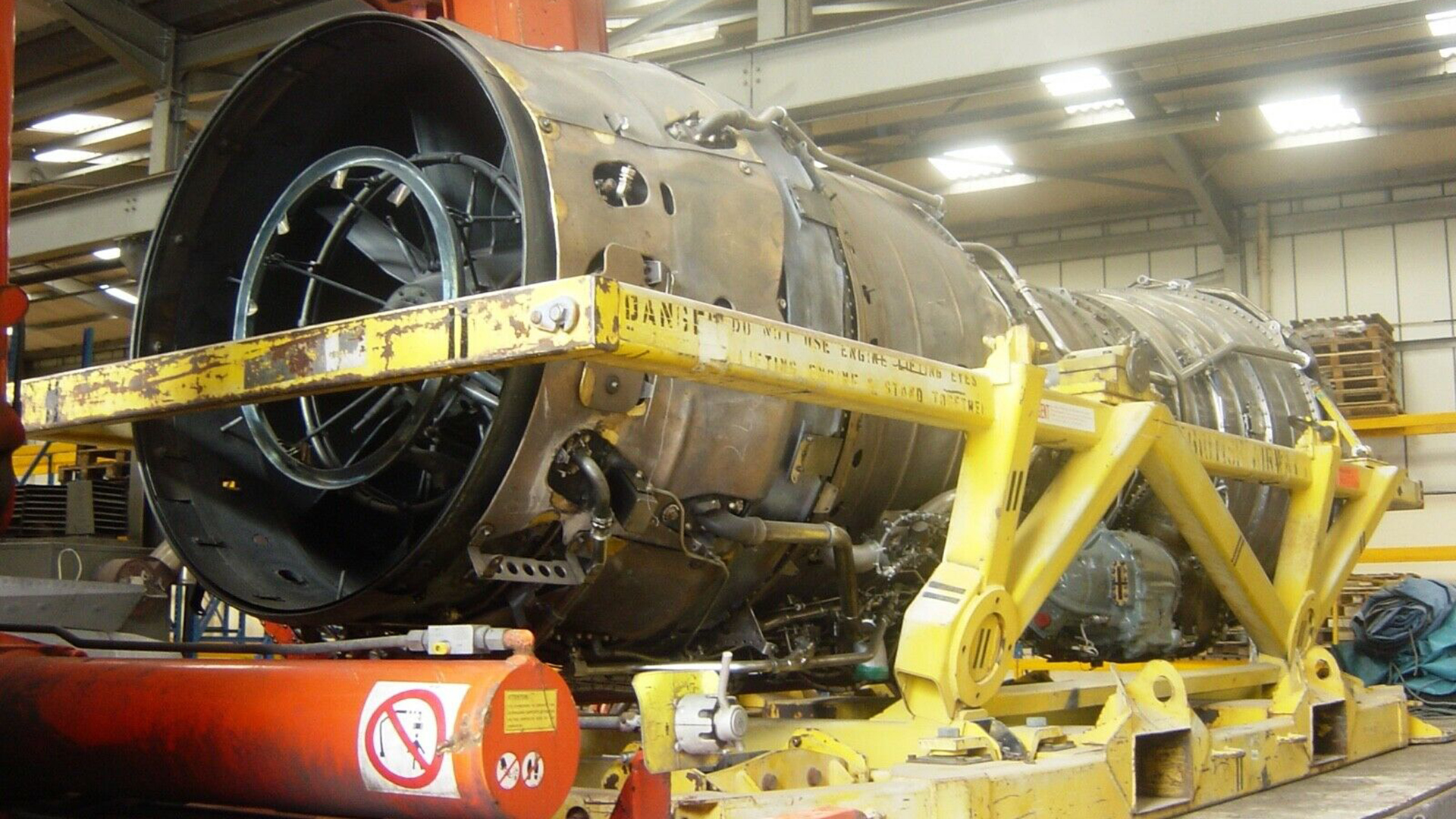

It’s always a kick to consider that within the span of an average human’s life—about 70 years—we went from the Wright Brothers making their first flight in a 12-horsepower wooden glider to supersonic travel becoming a reality for anyone with the cash for a ticket on the mighty Aérospatiale/BAC Concorde. Sadly, today all the money in the world can’t buy you another flight between New York and London at Mach 2. But it can buy you one of the plane’s four thunderous Rolls-Royce Olympus 593-610 turbojet engines, for sale on eBay complete with afterburner and a limitless ceiling on the beautiful things that might be done with it.
I say might, because there’s some nonsense in the listing about how it comes with a “restriction of use” clause from British Airways that holds it “must only be used for static display.” But come on—if you’ve got the roughly $725,000 being asked here, you’ve probably got the means to get around a pesky clause like that. I’d like to think that history will reward you for completing the engine swap of the millennium regardless of any legal speed bumps along the way.

To solve a problem as complicated as pushing a civilian jetliner past the speed of sound, the British-French consortium that developed the Concorde in the 1960s turned to an existing engine design: the twin-spool Rolls-Royce Olympus 593. It had seen subsonic service in Britain’s Avro Vulcan bomber in the ’50s before being tuned—to borrow a wholly inadequate word from the automotive world—to get the country’s planned Cold War BAC TSR-2 bomber past the sound barrier.
That project was canceled in 1965, at which point BAC and Rolls adapted the TSR-2’s Olympus engine for civilian use with help from French firm Snecma in designing the afterburner bit. (The engine was technically built by Bristol Siddeley, which was bought by Rolls-Royce Limited in 1966, but let’s not get too in the weeds here.)




In the Concorde, the Olympus 593-610 produced 32,000 pounds of thrust, topping out at over 38,000 with the afterburner engaged. A contemporaneous Boeing 707’s Rolls-Royce Conway engine put out about 17,500 lbf. You can see why people were excited for the Concorde’s first commercial flights on January 21, 1976—that and its 1,549-mph top speed, which made it possible to scoot from New York to London in about three hours and change.

Just what would you be buying here, aside from a piece of aviation history showcasing a time of possibility and hope? Currently, an extremely large and expensive paperweight: at 18 feet long, 5 feet high and 7,000 pounds, there’s no way you’re stuffing this in a Geo Metro. But given that this was an actual operational engine in a Concorde—the No. 3 powerplant for G-BFKW number 214, which currently sits in Seattle’s Museum of Flight—with meticulous records, there’s no way this deserves to be treated as a fragile piece of art. We say hook that sucker up and make something go really, really, really fast.

h/t Silodrome
Got a tip? Send us a note: tips@thedrive.com